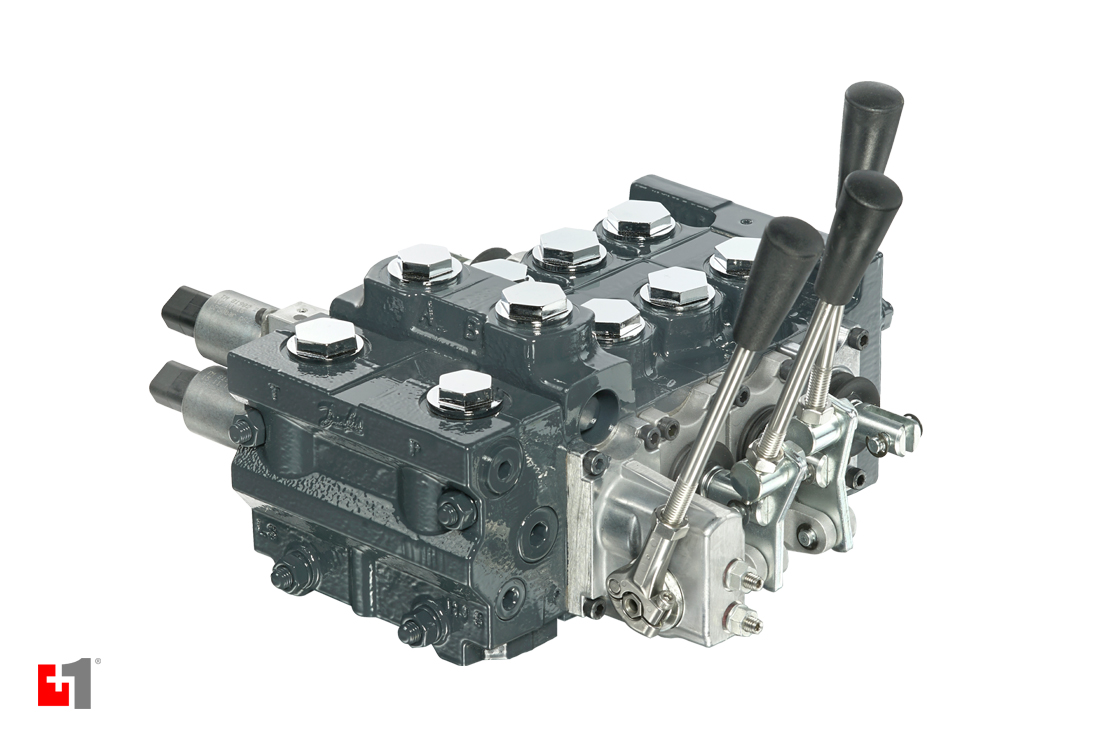How Control Valves Influence Power Efficiency in Industrial Settings
How Control Valves Influence Power Efficiency in Industrial Settings
Blog Article
Achieve Seamless Assimilation and Control With High Quality Structure Automation Controls
In the realm of contemporary building administration, the relevance of quality building automation controls can not be overemphasized. Accepting high quality structure automation controls is not just an issue of comfort however a calculated imperative for organizations intending to optimize their facilities' performance and sustainability.

Advancement of Building Automation Controls
Throughout the past few years, the advancement of developing automation controls has actually substantially transformed the way buildings are taken care of and operated. Developing automation systems mainly focused on standard functions such as controlling ventilation, home heating, and air conditioning (HEATING AND COOLING) systems. As modern technology progressed, these controls have come to be extra advanced, permitting for a broader range of structure systems to be incorporated and handled centrally.
The development of developing automation controls has actually seen a shift towards even more smart systems that can adapt to altering problems in real-time. This flexibility is vital for maximizing power efficiency and making sure occupant comfort. In addition, modern-day building automation controls now offer functions such as anticipating upkeep, remote monitoring, and information analytics, enabling facility managers to make data-driven decisions to enhance structure efficiency.

Advantages of Quality Assimilation
The advancement in building automation regulates in the direction of even more intelligent systems has emphasized the considerable benefits of quality integration in optimizing structure procedures and boosting total effectiveness. This centralized control also provides far better exposure and insights right into building efficiency, making it possible for positive maintenance and optimization strategies. On the whole, the advantages of top quality assimilation in structure automation controls are obvious, supplying raised effectiveness, comfort, and operational performance.
Boosted Customer Experience and Availability
Enhancing individual communication with building automation manages through instinctive style and enhanced access raises the overall experience for passengers and facility supervisors alike. By concentrating on user experience, building automation systems can come to be extra efficient and user-friendly. Instinctive interfaces, clear navigating, and customizable settings encourage users to interact with the controls quickly and efficiently.
Ease of access functions play a critical duty in making sure that all individuals, including those with specials needs, can make use of the structure automation manages easily. Including features such as voice commands, responsive switches, and color-contrasted screens why not find out more can enhance access and make visite site the controls a lot more inclusive.
Furthermore, improved individual experience leads to higher user contentment, raised performance, and better decision-making. Residents can change environmental setups according to their choices, while center supervisors can successfully handle and check structure systems - control valves. Overall, prioritizing individual experience and access in building automation controls adds to an extra seamless and productive structure setting for all stakeholders included
Sustainable Practices Through Automation

Additionally, automation can help with the assimilation of renewable resource sources such as photovoltaic panels or wind generators into building procedures. By immediately changing energy use based on the accessibility of renewable resource, structures can better decrease their dependence on non-renewable sources. This seamless combination of lasting practices not just profits the atmosphere but likewise boosts the overall functional efficiency and cost-effectiveness of the structure. Through automation, buildings can align with contemporary sustainability objectives and add to a greener future.
Future Trends in Structure Control Equipment
In expectancy of developing and advancing innovations sustainability techniques, the trajectory of building control systems is poised to welcome transformative approaches and ingenious options. One prominent trend forming the future of structure control systems is the enhanced integration of Expert system (AI) and artificial intelligence. These innovations allow structures to adjust in real-time to changing problems, maximizing power consumption and improving comfort for passengers. Additionally, the Web of Points (IoT) is changing structure control systems by attaching sensors and gadgets to improve and enhance procedures efficiency.
An additional vital trend is the focus on cybersecurity steps to her response protect versus possible risks to constructing automation systems. As buildings come to be much more interconnected, making certain durable cybersecurity procedures will be necessary to guard sensitive data and stop unapproved gain access to.
Additionally, the change in the direction of cloud-based platforms is obtaining energy, enabling for streamlined control and remote access to building systems. This helps with less complicated monitoring, maintenance, and updates, improving the total efficiency and adaptability of building control systems. As technology remains to advance, these trends are anticipated to shape the future landscape of building automation controls, driving innovation and sustainability in the constructed atmosphere.
Conclusion
Future trends in building control systems are most likely to focus on more boosting automation capabilities for improved energy effectiveness and general performance. It is crucial for building proprietors and operators to focus on the adoption of high quality building automation manages to optimize structure procedures and attain lasting sustainability objectives.
In the realm of modern building management, the significance of high quality building automation controls can not be overemphasized. Overall, the development of structure automation manages proceeds to drive technology in the structure management sector, providing new possibilities for developing smarter and a lot more lasting structures.
The improvement in building automation regulates in the direction of more smart systems has actually emphasized the significant advantages of high quality assimilation in enhancing building operations and enhancing overall effectiveness. On the whole, focusing on user experience and access in building automation controls contributes to a more seamless and effective structure setting for all stakeholders involved.
It is essential for building owners and drivers to focus on the adoption of top quality structure automation regulates to optimize building operations and accomplish long-term sustainability goals. - control valves
Report this page